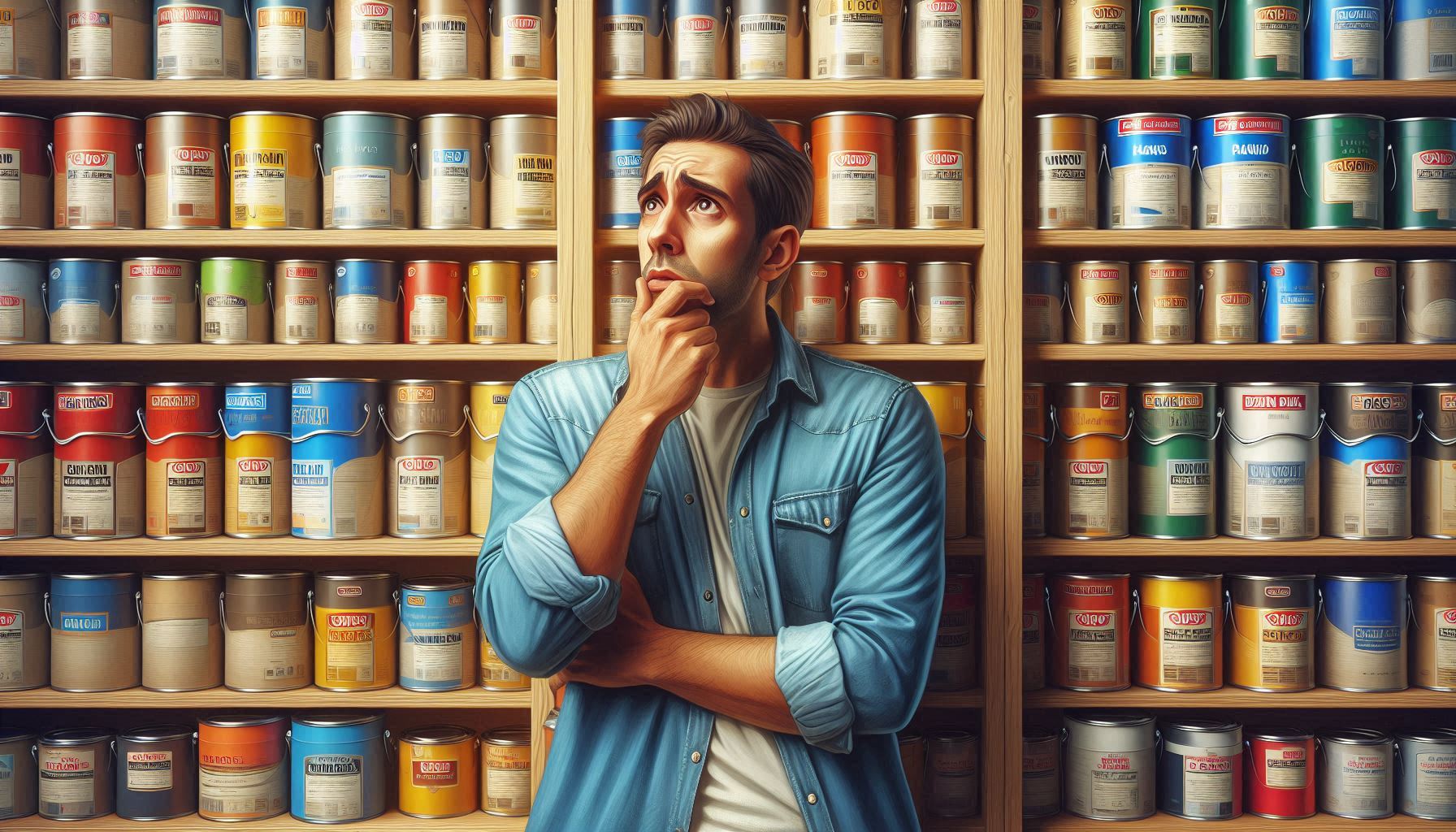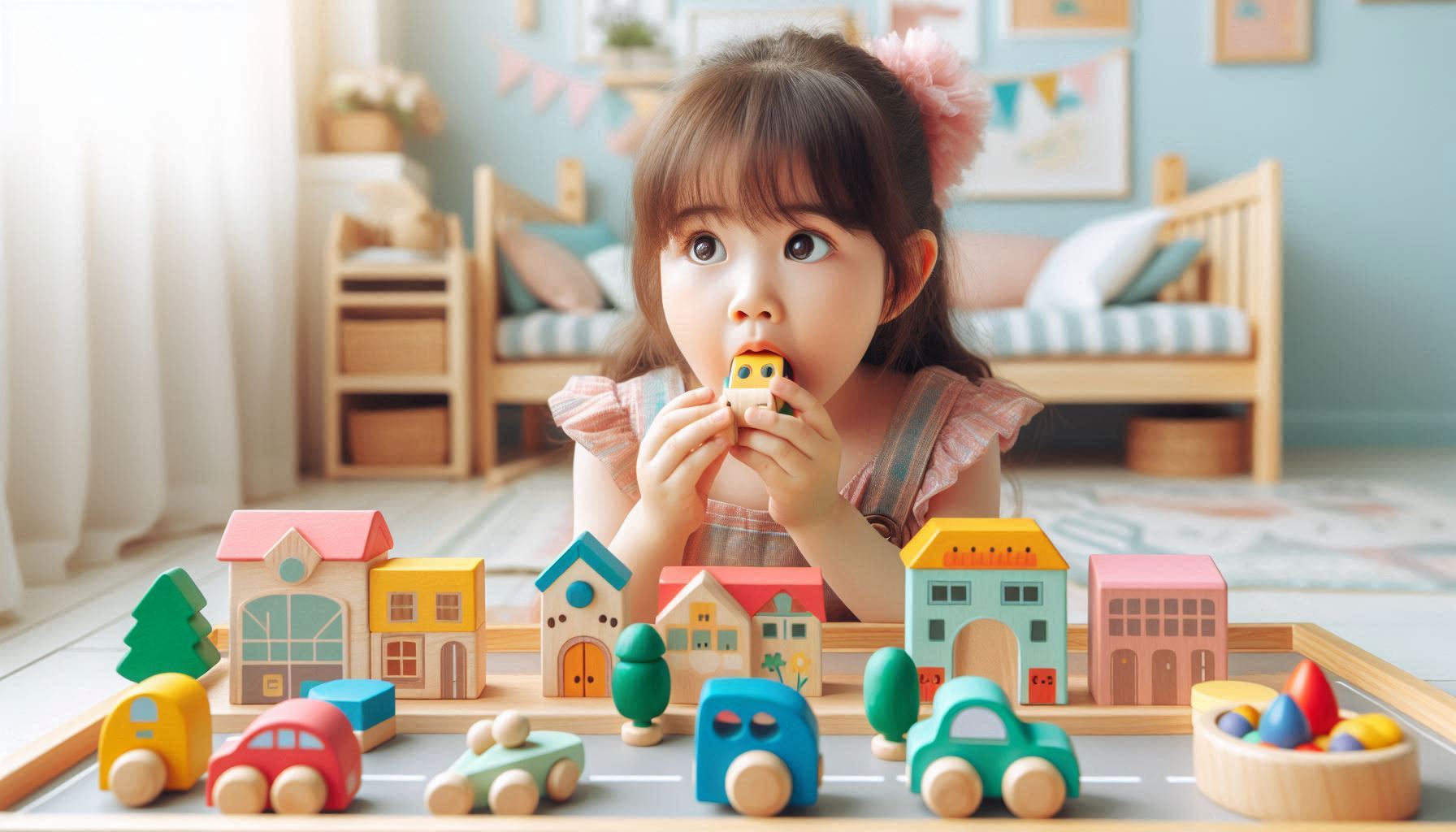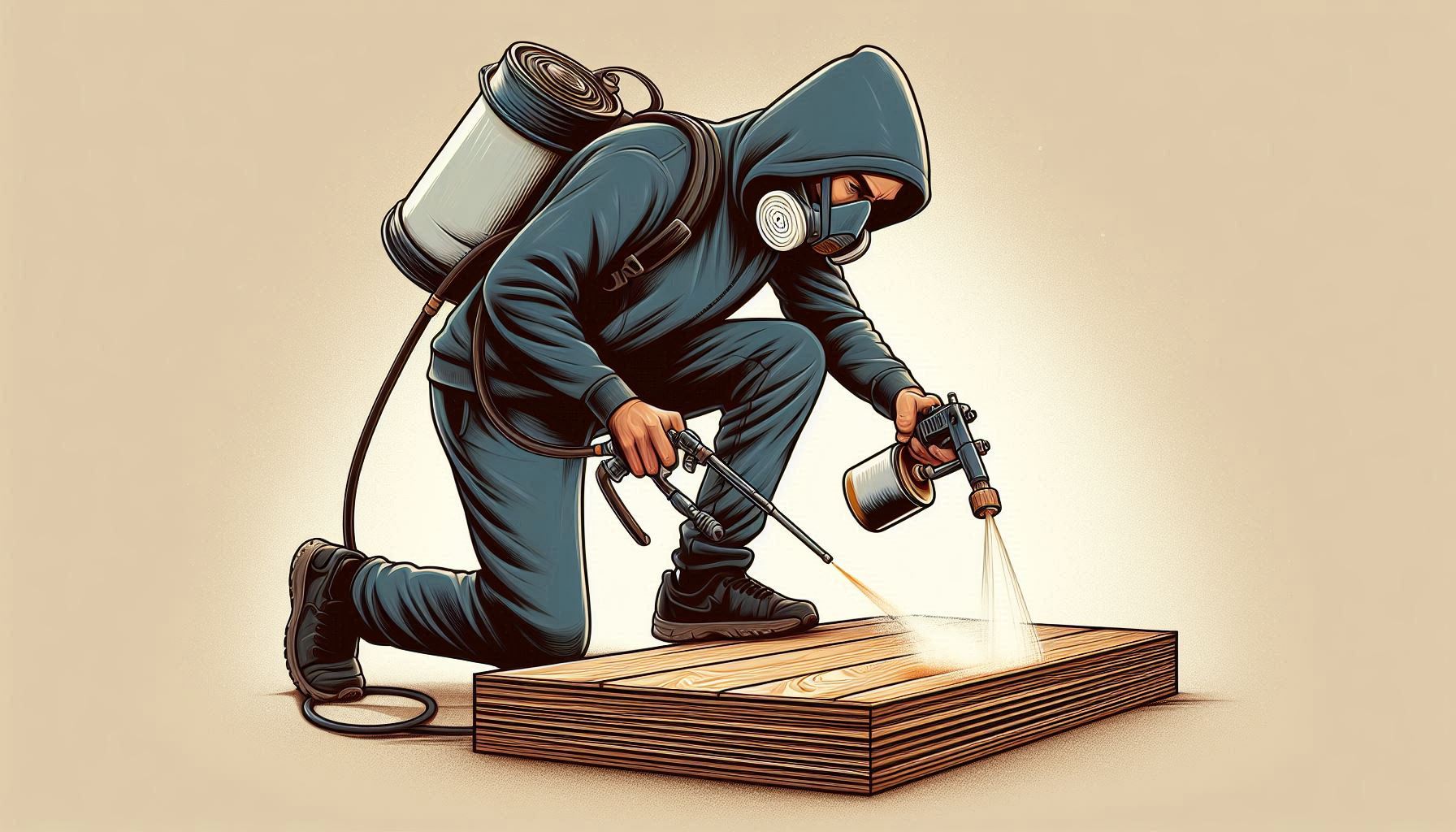Tin Biomass
Selecting coatings suitable for your wood projects
I/ Selecting Wood Coatings Based On Used Purpose
- Who is the product intended for?
- What environment will the product be used in?
- What are the technical requirements for the painter or contractor?
- What is the desired level of finish?
- Are there any special features needed (UV resistance, moisture resistance, etc.)?
- What is the project budget?
- What is the types of wood?
1. Target Audience – Safety for Children Is The Top Priority
2. Usage Environment – Indoor or Outdoor
The environment where the wood product will be used is just as important in the coating selection process. Generally, usage environments are categorized into two main types: indoor and outdoor.
a/ Indoor
For indoor applications, there are more coating options available. These coatings need to be durable and scratch-resistant. However, since they are used in enclosed spaces, it’s crucial to choose low-odor coatings. There’s nothing worse than coming home after a long day, wanting to relax on your favorite wooden chair, only to have the strong smell of paint ruin the peaceful atmosphere.
b/ Outdoor
For outdoor use, the choice of coating requires even more attention. External environments are subject to many external factors. Weather conditions, humidity, and bacteria can directly threaten the durability of wood products. Therefore, outdoor wood coatings must possess additional features, particularly UV and moisture resistance. UV rays can cause wood to fade, while high humidity can lead to blistering and bacterial growth on wood surfaces. This makes specialized outdoor coatings essential for such projects.
3. Painters’ Requirements and Skill Level
Coating techniques are a crucial factor that cannot be overlooked. If you’re working with highly skilled painters, the range of wood coatings available on the market today offers many options. However, not everyone can fully utilize the capabilities of these coatings. Some types require precise mixing, while others demand professional application methods. Certain coatings, like powder coatings, are a prime example of those that require experienced painters with advanced skills.
On the other hand, if the painters’ skill level is more limited, it’s better to choose coatings that are easier to apply, such as water-based or oil-based paints. Water-based coatings, in particular, tend to dry faster and have a lower odor, as they use water as the main solvent, making them more user-friendly for less experienced painters.
4. Finish and Aesthetics
How do you want your wood surface to look? Glossy, semi-gloss, or matte? The finish of a product can greatly influence its final aesthetic appeal. Glossy finishes often give a luxurious feel, while matte finishes preserve the natural look of the wood. Consider the style and atmosphere you want to create when choosing the right type of coating.
5. Speacial Features
Beyond color, wood coatings offer a variety of additional functions. These can include water resistance, scratch resistance, or UV protection. Other features may include termite resistance and moisture protection. If these are important for your project, make sure to select coatings that integrate these characteristics. Polyurethane coatings, UV coatings, and waterproof paints are popular choices for products that require high levels of protection.
6. Selecting Coatings Is Based On Budget
Budget is always a key consideration. While high-quality coatings may come with a higher price tag, they offer long-term value by providing superior protection for your products. Additionally, they can help reduce future maintenance costs. A durable coating can last for decades. It’s important to compare prices from multiple suppliers and review the features they offer to make the best choice for your project.
7. Selecting Coatings Based on Wood Type and Surface Characteristics
II/ Selecting Water-based wood coatings – Flexible, suitable with many environments
Biomass water-based wood coatings, though a newcomer, are steadily proving their position with high quality. Biomass coatings are considered superior to traditional types. Being water-based, they use water as the main solvent, which means they dry quickly, do not yellow, and have low odor. Additionally, they offer high durability, vibrant colors, and a wide range of products. Biomass wood coatings also help save costs due to their low consumption rate and ease of use. Regarding quality, Biomass ensures high standards, color longevity, and safety certification from several reputable international organizations.
Biomass – WaterBorne Wood Coating – For The Health Of Every Family
Address: 66, Street No 1, Block 1, Tan Phong Ward, District 7, Hochiminh City
Tel: (+84-28) 3620 4207 | 3620 4208
Fax: (+84-28) 3620 4206
Website Biochem: www.biochem.vn
Website Biomass: www.biomasscoating.com
Email: contacts@biomasscoating.com








